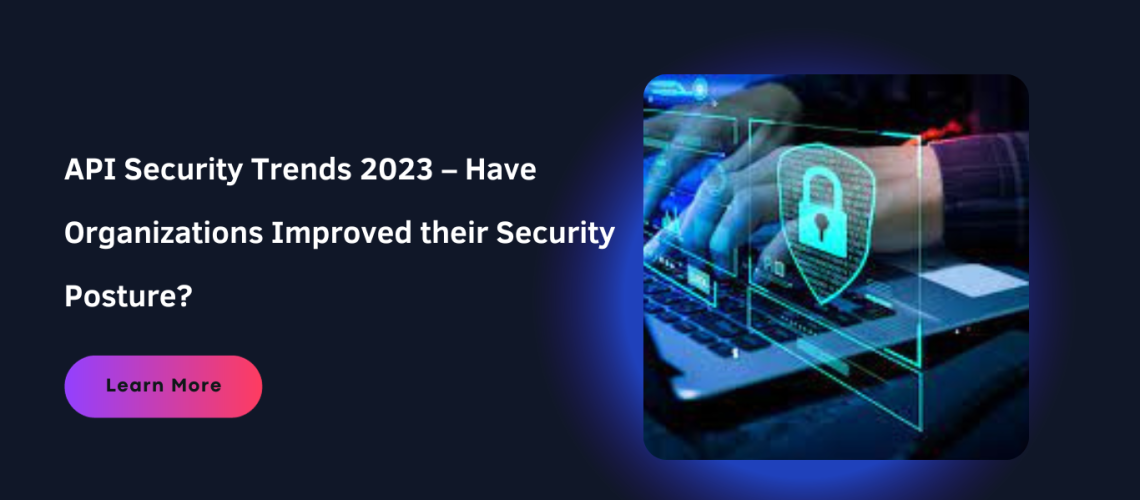Looking for the best API Security Trends? APIs, stands for application programming interfaces. It serves as the spine of modern software applications, allowing seamless communication and data exchange between various methods and platforms. They offer developers with an interface to interact with outer services, permitting them to incorporate various functionalities into their own apps.
Surprisingly, this boosted reliance on APIs has also created them attractive targets for cybercriminals. In the past couple of years, the increase of API breaches has evolved as an increasing concern in the world of cybersecurity. One of the major causes behind the increase of API breaches is insufficient security standards executed by developers and organizations. Multiple APIs are not secured properly, which further leave them vulnerable to attacks.
However, hackers have created refined strategies that precisely target flaws within APIs. For example, they can take advantage of malicious code injections into requests or manipulate comebacks from an API endpoint to achieve unauthorized access or extract confidential information about users.
Increase of API breaches
The results of an API breach can be equally painful for both businesses and consumers alike. Companies may encounter financial losses because of legal liabilities and reputational damage caused by leaked customer information or disrupted services. Customers risk having their personal data disclosed, which can further lead to identity theft or other frauds.
For these causes, securing API security or API Security Trends are necessary due to the connected nature of modern software ecosystems. Many businesses depend on third-party integrations and microservices architecture where numerous APIs interact with each other. If a single API in this intricate network gets breached, it can create opportunities for attackers to exploit weaknesses in interconnected systems.
78% of cybersecurity professionals have faced an API security incident in the past year! How does your industry fare? Find out in our new whitepaper: Many businesses often depend on their current systems, such as API gateways and web application firewalls (WAFs), to safeguard their APIs. However, putting all your faith in these technologies alone can create vulnerabilities in your API security. Here are some reasons why API gateways and WAFs alone fall short:
1. Lack of granular access control:
While API gateways provide necessary authentication and authorization abilities, they don’t provide fine-grained access control necessary for complicated scenarios. APIs often require more sophisticated controls based on factors such as user roles or specific resource permissions.
2. Inadequate protection against business logic attacks:
Traditional WAFs primarily focus on protecting against ordinary vulnerabilities like injection attacks or cross-site scripting (XSS). However, they may ignore potential risks linked with business logic faults specific to an organization’s unique application workflow. Protecting against such attacks demands a deeper knowledge of the underlying business operations and executing tailored security measures within the API code itself.
3. Insufficient threat intelligence:
Both API gateways and WAFs depend on predefined rule sets or signatures to catch known attack patterns effectively. However, arising threats or zero-day vulnerabilities might bypass these preconfigured defenses until new rules are edited by vendors or manually implemented by developers/administrators.
4. Data-level encryption limitations:
While SSL/TLS encryption is crucial during data transmission between clients and servers through APIs, it does not always protect data at rest within the backend systems themselves nor guarantee end-to-end encryption throughout the entire data flow pipeline.
5. Vulnerability exploitation before reaching protective layers:
If attackers discover a vulnerability in the APIs before the traffic goes through the API gateway or WAF, they can exploit it directly without being caught by these security measures.. This emphasizes the need for robust coding practices, secure design principles, and software tests that identify vulnerabilities early on.
6. Lack of visibility into API-specific threats:
API gateways and WAFs may not provide detailed insights into attacks targeting specific API behaviors or misuse patterns. To spot unusual things like too many requests in a short time from one user or unexpected attempts to get data, you need special tools and methods made just for keeping an eye on API problems closely.
Also Read: How to find the best cybersecurity consulting companies in Dubai?
How organizations are addressing API security?
To get an idea of how many companies understand the exceptional security proposition that APIs present, we provide consultation to our clients. We help our customers with the API Security Trends and API security best practices. Our purpose is to help businesses that are worried about getting affected by API-specific attacks. Contact us at Green Edge Computers to know more.



